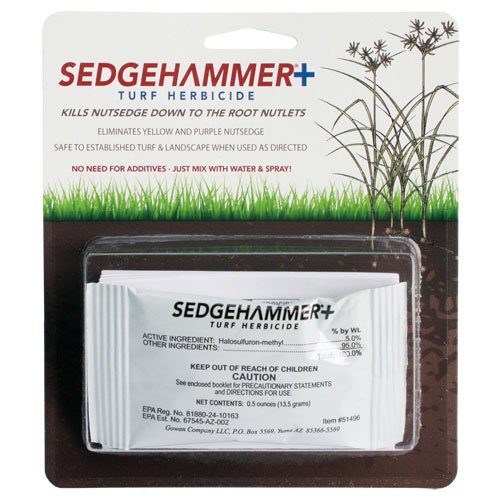Are you tired of battling with the pesky nutsedge invading your beautiful lawn? Nutsedge, a resilient, perennial weed, can quickly become the bane of homeowners and landscapers alike, ruining the aesthetic of your green space.
Known to rapidly choke out healthy grass, it can be a challenge to eliminate this stubborn weed once it’s taken root in your lawn.
- Manual Removal: Hand-pulling nutsedge is a labor-intensive but effective method. Use a trowel or weed puller to dig next to the plant, ensuring you remove the entire root system, especially the tubers. Dispose of the plant properly.
- Mulching: Suppress nutsedge growth by adding a layer of mulch to garden beds. This blocks sunlight and inhibits its growth.
- Solarization: Cover the affected area with a transparent plastic sheet during hot months to kill nutsedge. This method can help reduce its population.
- Chemical Control: Consider using post-emergent herbicides like Sedgehammer, Dismiss, or imazaquin. Follow label instructions for safe and effective application.
How to Get Rid of Nutsedge
Nutsedge is a perennial weed with a resilient root system that makes it difficult to eradicate, but fear not! There are manual and chemical ways to control this annoying sedge and restore your lawn to its pristine state.
Manual Method
Hand-pulling: You can try hand-pulling the nutsedge, making sure to remove as much of the root system as possible. However, it can be time-consuming and labor-intensive.
Here’s how to hand-pull nutsedge:
- Use a trowel or a weed puller tool to dig next to the nutsedge plant.
- Loosen the soil around the plant and gently pull it out with your hand.
- Be thorough and make sure you remove all parts of the plant, especially the tubers.
- Dispose of the plant in a sealed bag or container to prevent it from spreading.
Mulching: Adding a layer of mulch in your garden beds helps to suppress nutsedge growth by blocking sunlight.
Solarization: This technique involves placing a transparent plastic sheet over the affected area during the hottest months. The heat will penetrate the soil and kill the nutlets.
Corn gluten meal: Spreading corn gluten meal in your lawn can help to prevent nutsedge from sprouting. However, it is essential to apply it before germination occurs.
Chemical Method
Another way to get rid of nutsedge is by using a post-emergent herbicide specifically designed for nutsedge control.
Some products with effective active ingredients you can use are Sedgehammer (halosulfuron-methyl), Dismiss (sulfentrazone), or imazaquin.
To apply a post-emergent herbicide for nutsedge control, follow these steps:
- Read and follow the label directions carefully for mixing, application rate, timing, and safety precautions.
- Spray the herbicide on the nutsedge plants when they are actively growing, preferably in late spring or early summer.
- Avoid mowing or watering your lawn for at least 24 hours after application.
- Repeat the application as needed, usually after 4 to 6 weeks, until the nutsedge is completely controlled.
Don’t forget that using a post-emergent herbicide for nutsedge control can be expensive, potentially harmful to the environment, and requires multiple applications.
By staying persistent with either manual or chemical methods, you can eventually rid your lawn of pesky nutsedge and enjoy a lush, weed-free outdoor space! Good luck!
Ways to Prevent Nutsedge from Sprouting
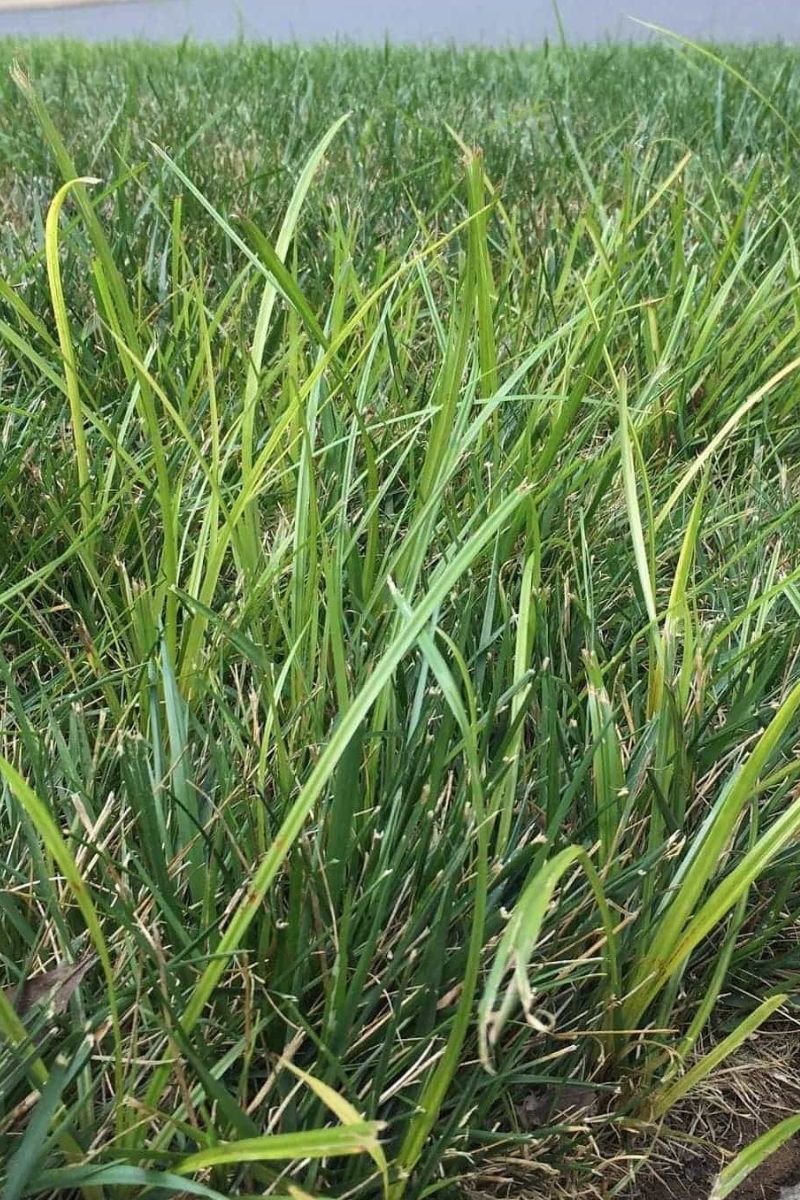 Source: mecklenburg_master_gardeners
Source: mecklenburg_master_gardenersNutsedge is a pesky, invasive weed that can be difficult to control once it takes root in your lawn. Proper lawn maintenance is the key to preventing it from sprouting in the first place, so you can enjoy healthy and beautiful grass.
Proper Lawn Maintenance
To prevent nutsedge from sprouting, it’s important to understand the factors that favor its growth, such as poor drainage, overwatering, low mowing height, and soil compaction. Here are some suggestions to improve your lawn care practices and keep nutsedge at bay:
- Aerate your soil: Regularly aerating your soil helps to reduce compaction and improve drainage. This will make it more difficult for nutsedge to establish its root system in your lawn.
- Deep but infrequent watering: Water your lawn deeply but infrequently to encourage deep root growth. This will not only lead to a healthier lawn but also discourage shallow-rooted weeds like nutsedge from taking hold.
- Mow high: Mowing your lawn at a higher setting allows the grass to shade out nutsedge and other weeds, making it harder for them to grow. Remember the saying, “Sedges have edges.” By mowing high, you’re creating a natural defense against nutsedge.
- Apply pre-emergent herbicides: In early spring, applying a pre-emergent herbicide can prevent nutsedge seeds from germinating. Be sure to use a product specifically designed for nutsedge control, and follow the manufacturer’s instructions carefully.
- Proper fertilizing: Fertilizing your lawn correctly will promote healthy grass growth and make it more difficult for nutsedge to compete. Be mindful of the specific needs of your lawn, whether it’s a northern or southern turf grass variety.
By following these lawn maintenance tips, you can prevent nutsedge from sprouting in your lawn and enjoy a healthier, more beautiful outdoor space. Remember, keeping your grass healthy and properly maintained is the key to effective weed control.
What Is Nutsedge?
Nutsedge (Cyperus rotundus) is a weed that thrives in warm temperatures and moist soils, with a triangular stem, three-sided blades, and yellow or purple flowers.
It spreads through rhizomes and tubers, forming large colonies that can quickly overrun and choke out healthy grass.
Knowing its key characteristics can help identify and tackle this pesky weed for a beautiful and healthy lawn.
Identifying Nutsedge Weed
Physical Characteristics of Nutsedge
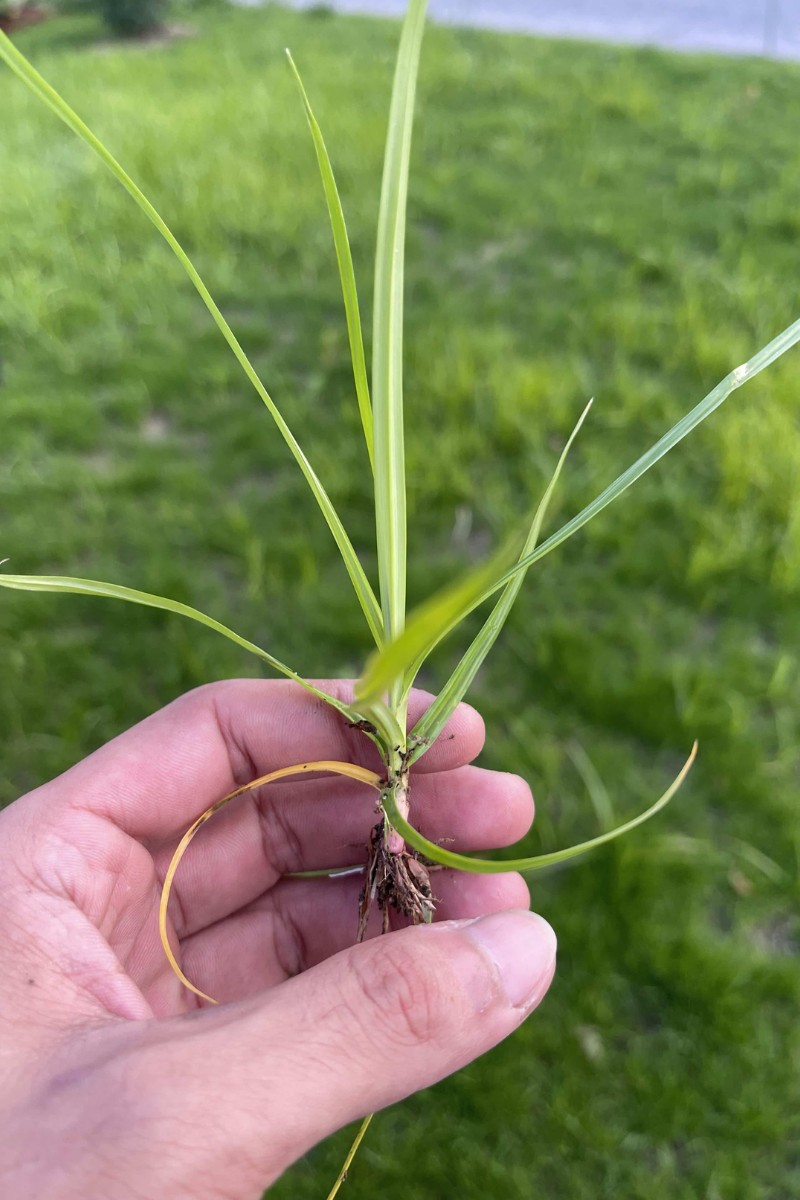 Source: Reddit
Source: RedditTo identify nutsedge in your lawn, look for patches of lighter green grass that grow faster and taller than the surrounding grass.
Its leaves are similar to grass blades but grow in sets of three, and its stems have a triangular shape. Check for small, round tubers connected to the roots. Early identification is key to easier management, so keep an eye out for these characteristics to maintain a healthy lawn.
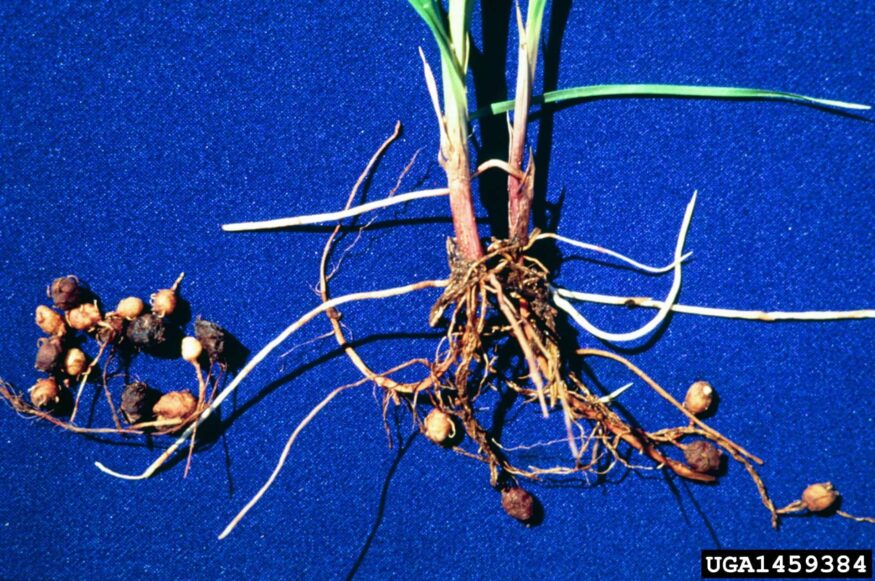 Source: Mississippi State University
Source: Mississippi State UniversityPictures of Nutsedge
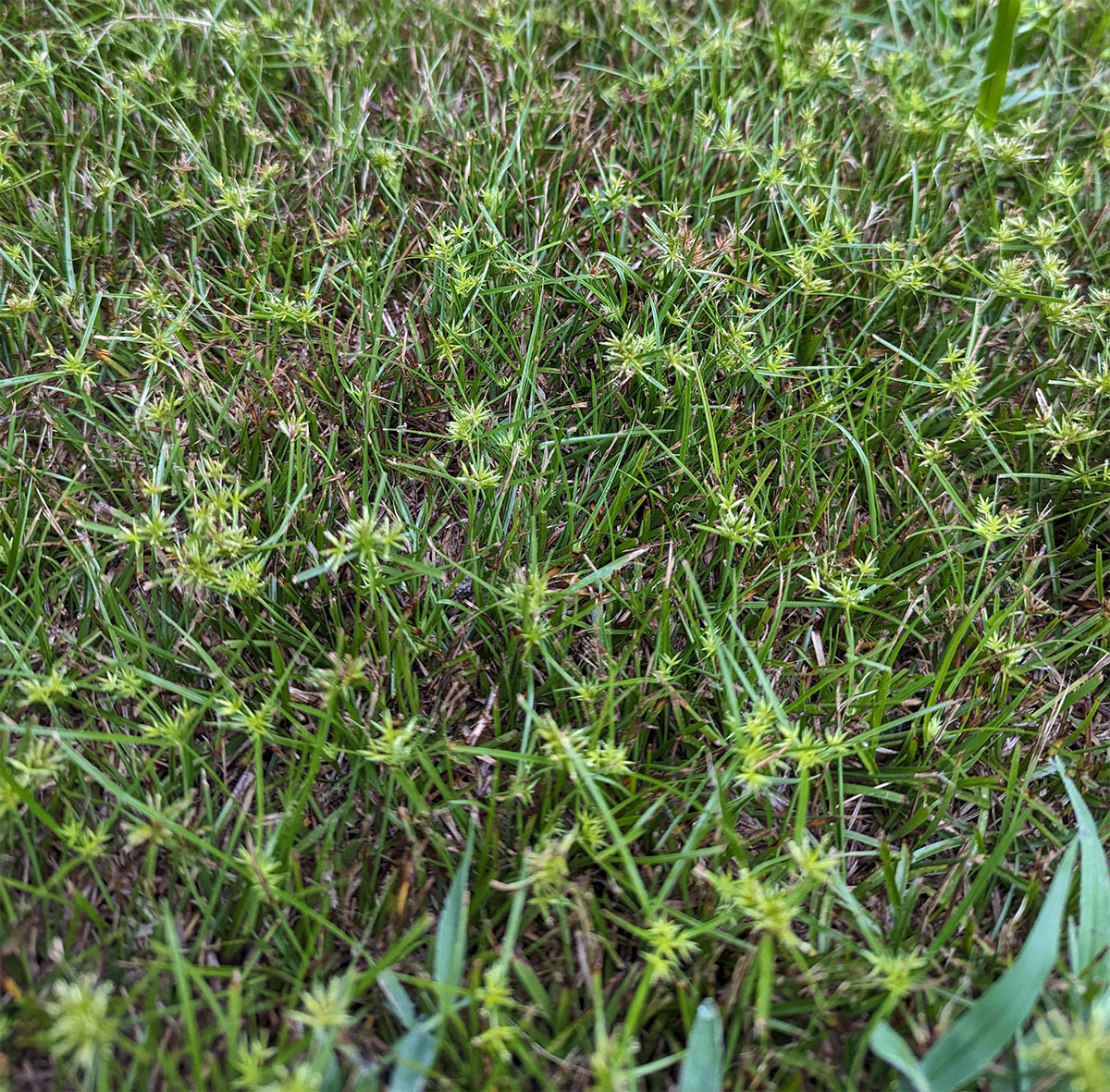 Source: Reddit
Source: Reddit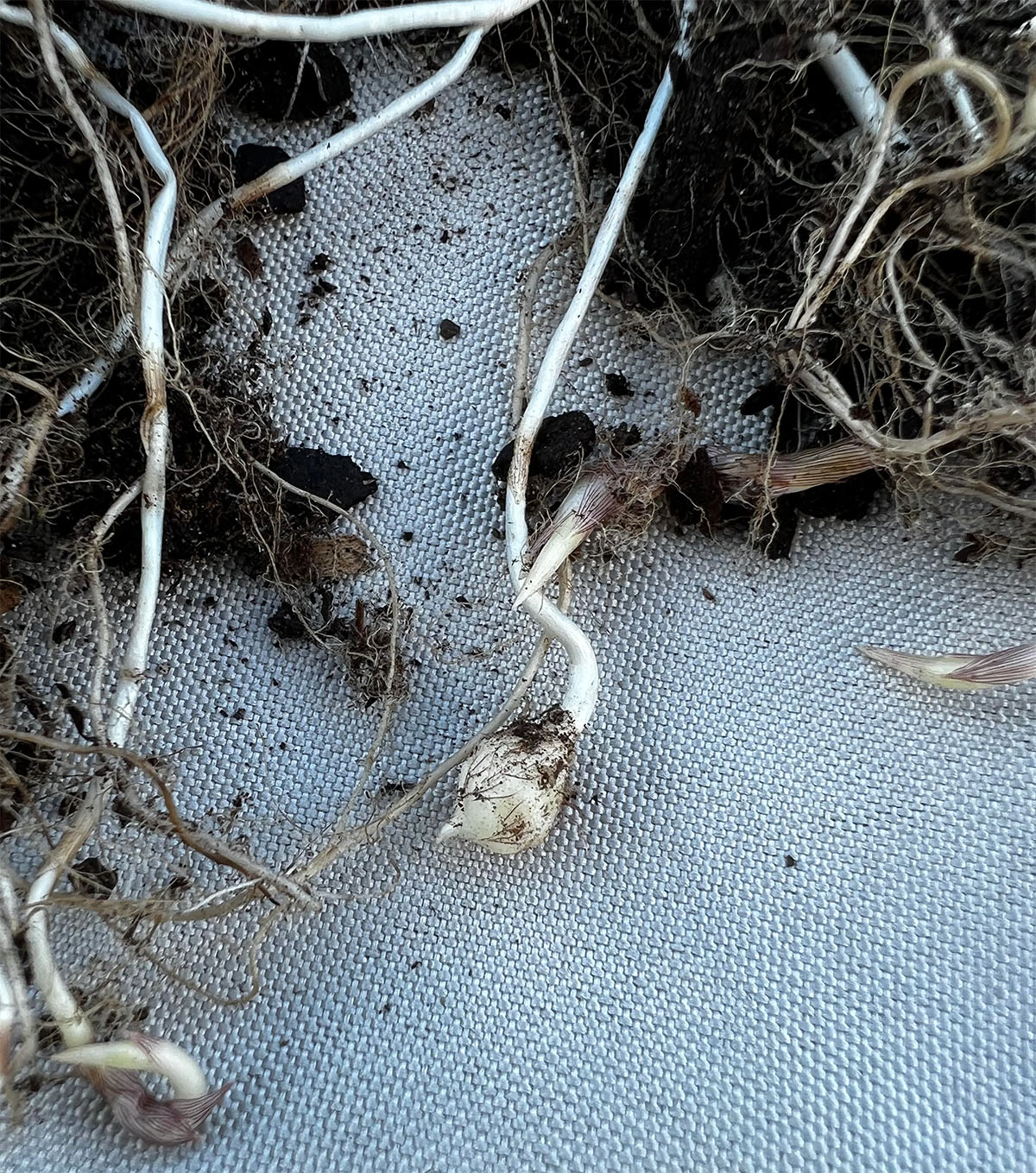 Source: Reddit
Source: Reddit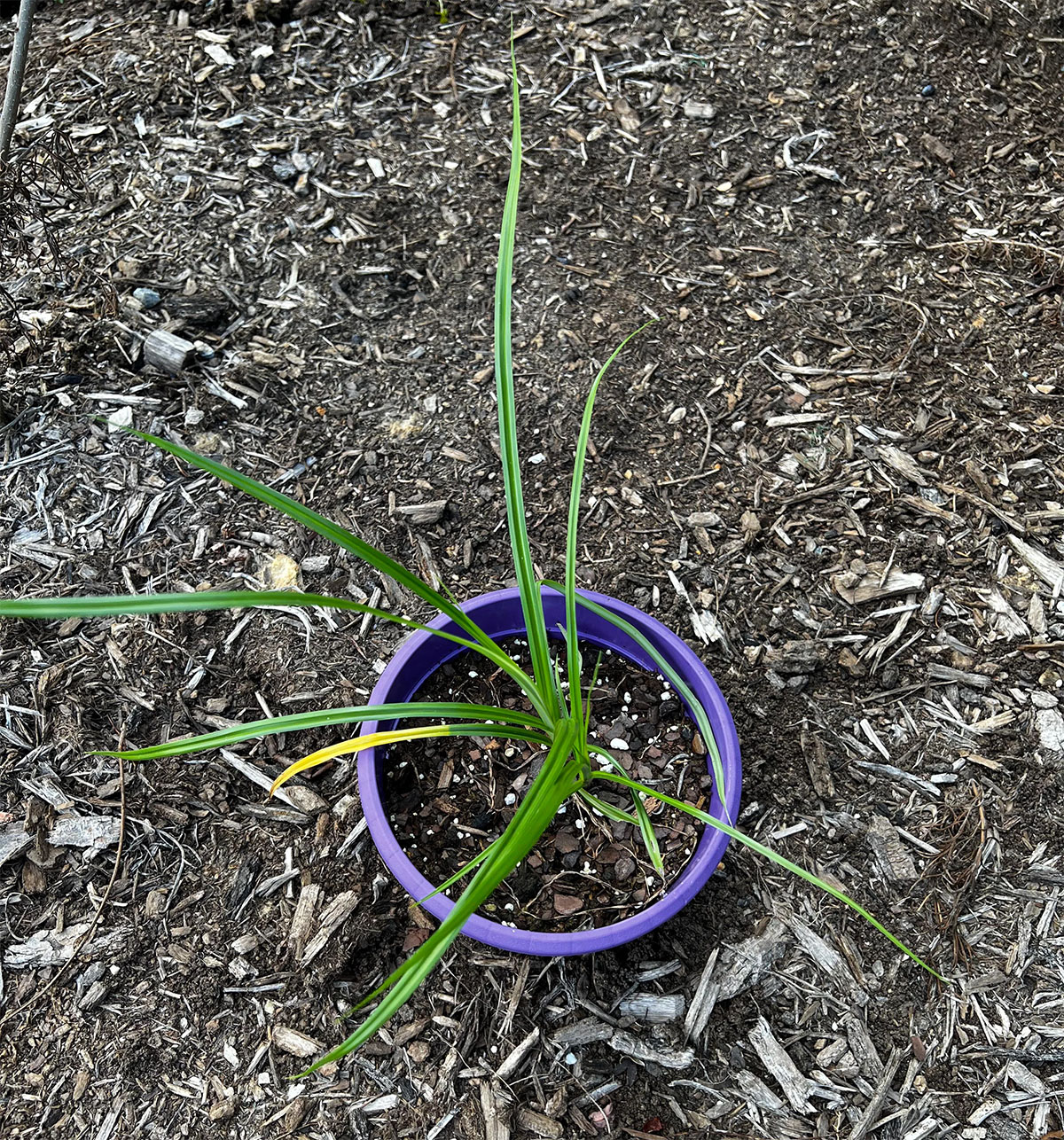 Source: Reddit
Source: RedditFinal Thoughts on Getting Rid of Nutsedge Weeds in Your Lawn
Nutsedge is a challenging weed to eradicate, but selective herbicides like Sedgehammer or halosulfuron can target and kill it without harming your grass. Proper lawn care practices like turf maintenance, regulation of moisture levels, and mowing at the right height can prevent its return.
Improving your lawn’s drainage and being vigilant in spotting it early are also crucial in managing nutsedge. With these tips, you can reclaim your lawn and banish weeds for good!
Frequently Asked Questions
Is nutsedge toxic or poisonous?
No, nutsedge is not toxic or poisonous. It is safe to touch and ingest. You don’t need to worry about any harmful effects while handling or encountering this weed on your lawn.
Why is nutsedge so hard to get rid of?
Nutsedge is challenging to eliminate because it has an extensive root system with tubers (nutlets) that can produce new plants. These nutlets can remain dormant in the soil for several years, making it difficult to eradicate the weed entirely, even after using herbicides.
How long does it take to get rid of nutsedge?
The process may take up to 2-3 years. To effectively get rid of nutsedge, you must apply herbicides multiple times. After an initial application, wait for about a week and then apply again. You might need to follow this procedure for several years to ensure nutsedge is eliminated from your lawn.
